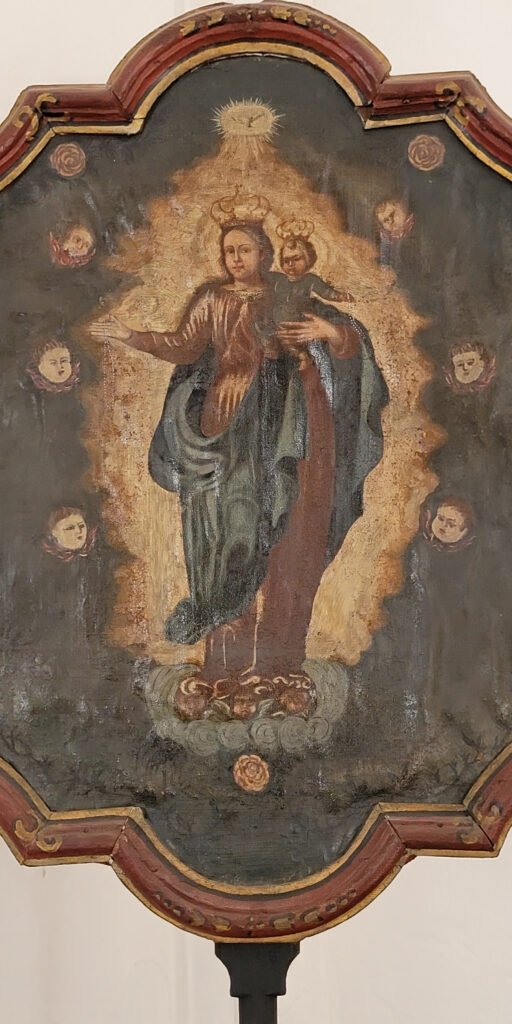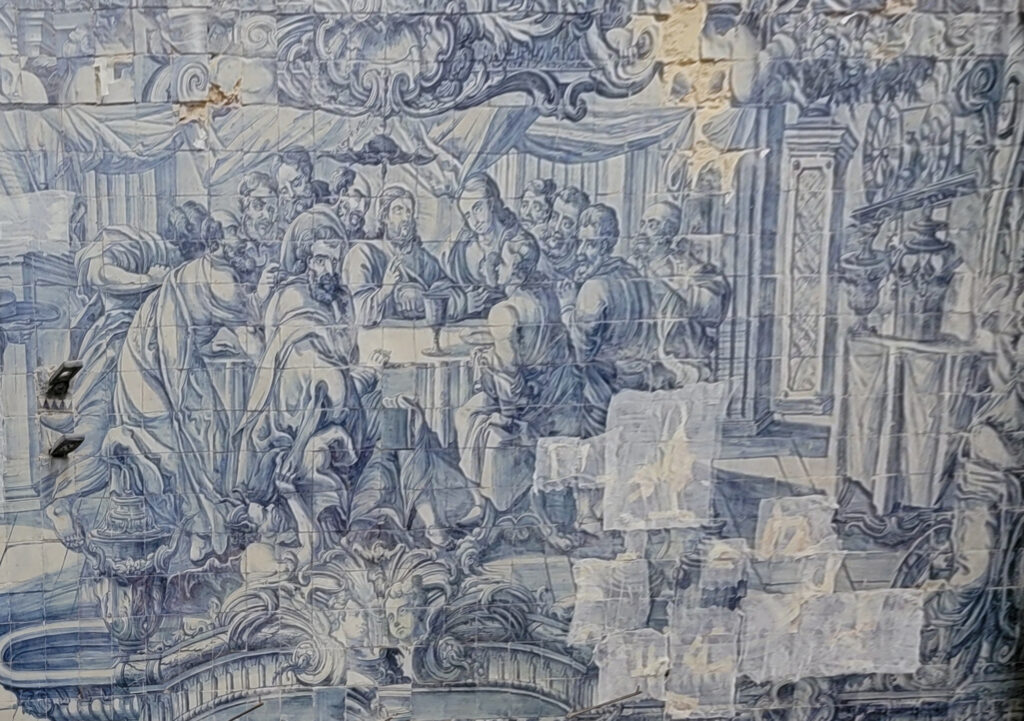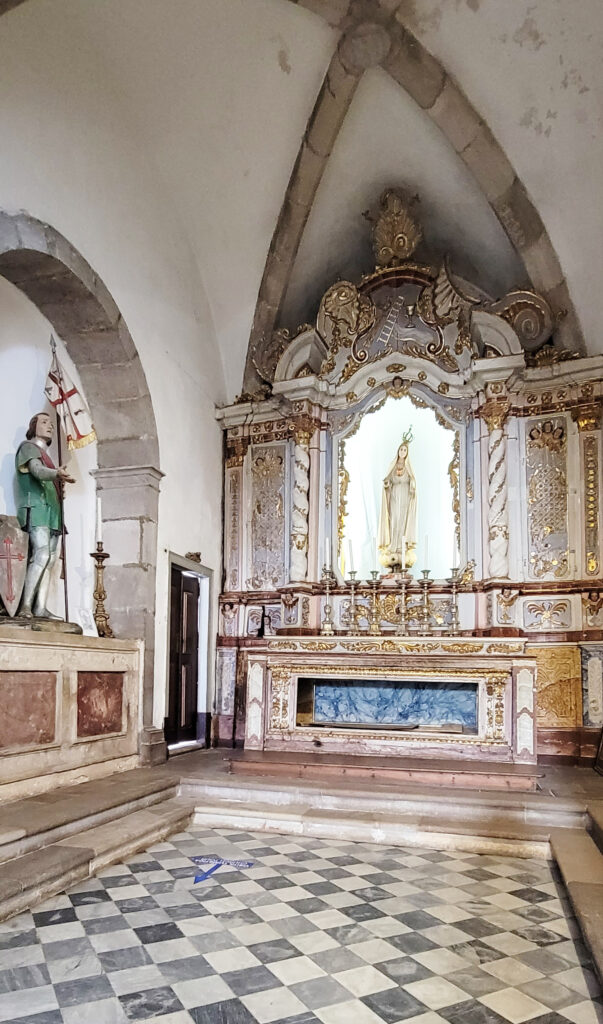Church of Santa Maria do Castelo
Our recent move to Tavira, Portugal has given us many opportunities to experience centuries old buildings, ruins, bridges and churches.
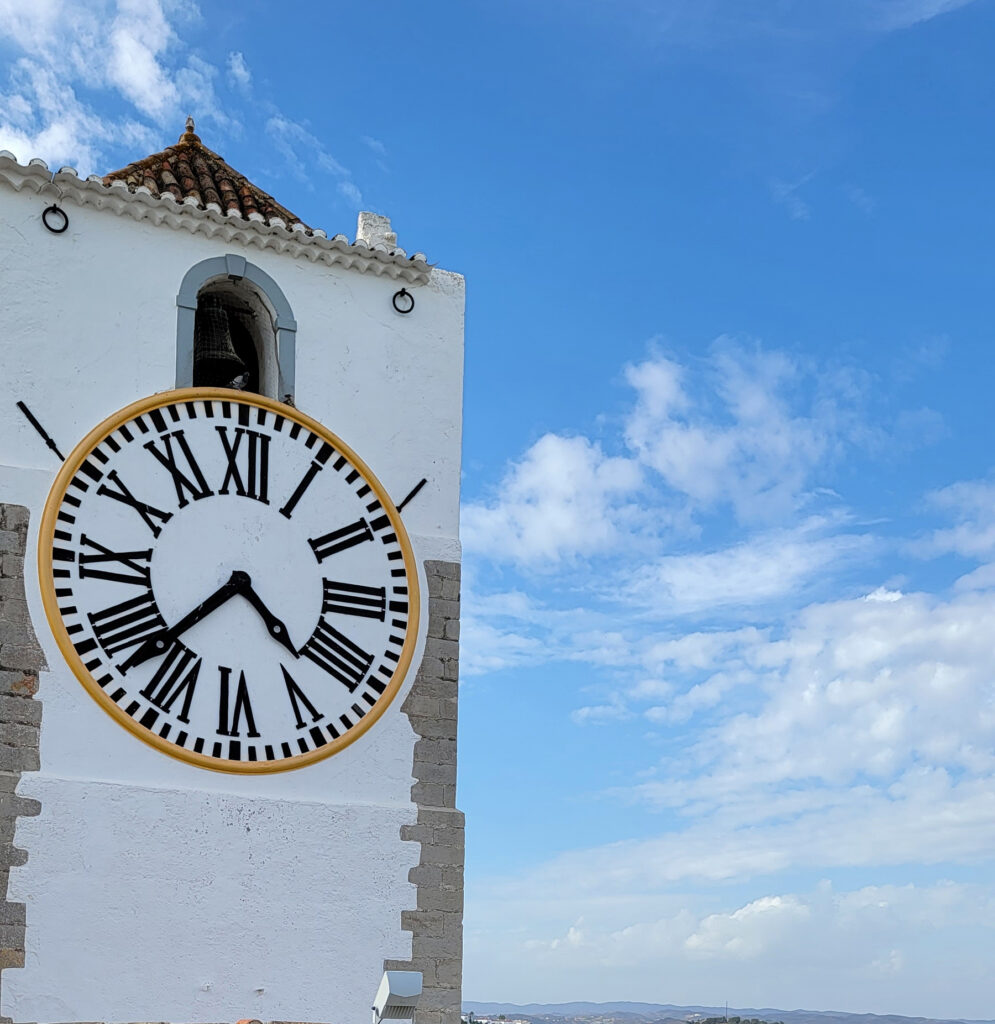
The Main Church of Santa Maria do Castelo is almost just around the corner from our apartment, so after a month of walking by it without venturing inside, we finally decided it was time to see what treasures the old church held. I will tell you right now, we were not disappointed!

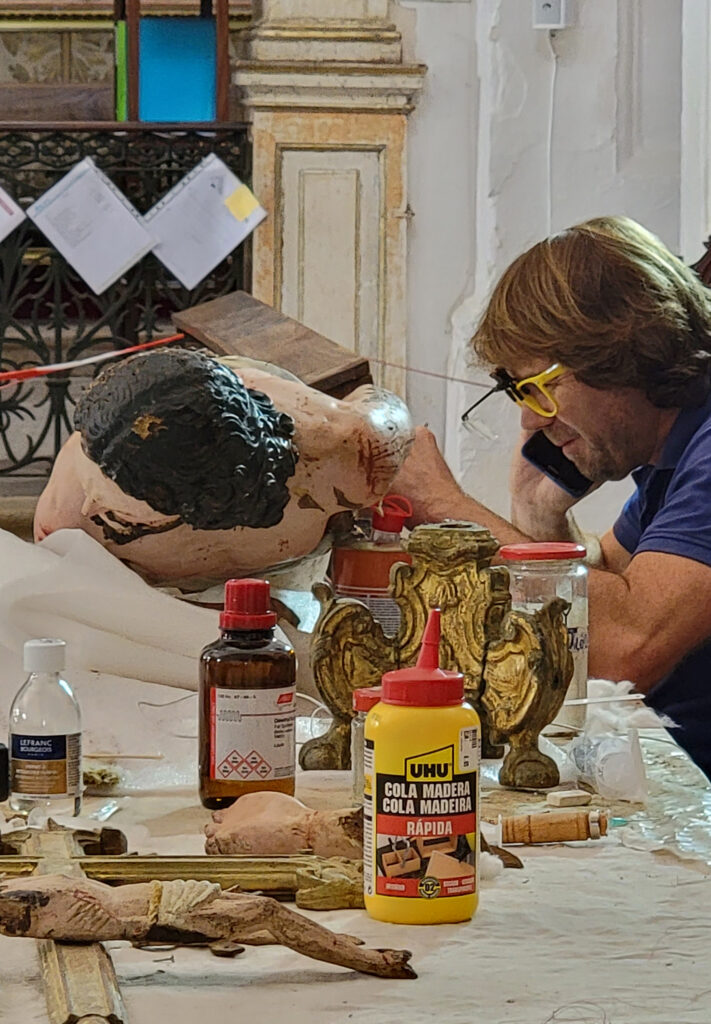

To our delight we were able to explore almost all of it, including the bell tower. One upstairs portion of the church was inaccessible, and the center of the church was well within viewing, but was taped off so three artists could work uninterruptedly as they carefully refurbished individual pieces. The work is being completed by In Situ (www.insitu.pt).
The Church of Santa Maria (Saint Mary) is believed to have been founded in the thirteenth century. It was heavily damaged in the 1755 earthquake, then work to rebuild it began in 1790.



This unique church is made up of several chapels within the church, each open and viewable from the center of the church.
The Gothic side chapel was built in the thirteenth to fourteenth centuries, the Chapel of Senhor dos Passos was built in the first half of the sixteenth century, and the Chapel of the Most Holy is from the eighteenth century. The Baptismal Chapel is a Neoclassical retable, (a painting or image above and behind an altar) is believed to have been crafted by carver Jose’ Romeira (c. 1816).

Tilework depicts Jesus beginning to wash Peter’s feet, while Peter is obviously protesting about not being worthy of the Master performing such a task.
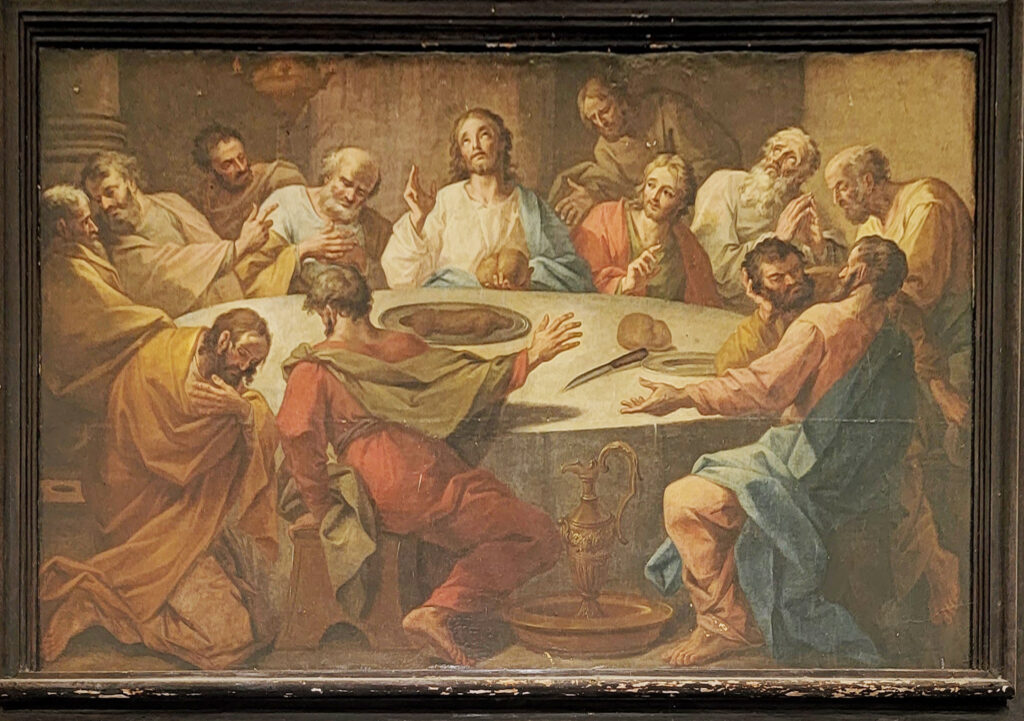
The painting of the Last Supper is large and exquisite. Painted by Pedro Alexandrino, this oil on canvas was painted in the second half of the eighteenth century.
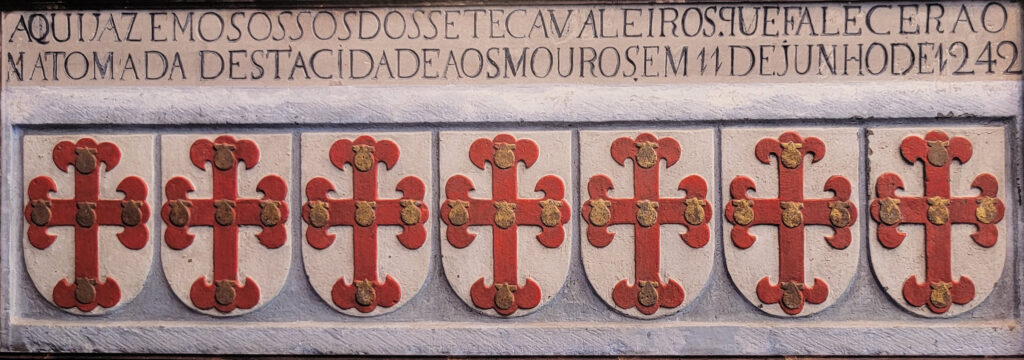
Another interesting item to note about this church is there is an engraved stone corresponding to the tomb of the venerated “seven martyred knights of Tavira”. Legend has it that the knights were killed in a treacherous manner shortly before Tavira was conquered from the Moors in 1242. There is also a tombstone of D. Paio Peres Correia, who was the Grand-Master of the Order of St. James of the Sword and the hero of the conquest of Tavira. It is an old belief that this church is the burial ground of the Grand-Master.
I truthfully cannot even begin to describe how incredible each section of this church is. Please look through the photos to get an idea of what types of artworks are inside this Church of Santa Maria do Castelo, and when you come to see this beautiful church for yourself be sure to visit the museum, located within the church, as well.
The Castle Tavira and the Church of St. James are also located right next to the church.

